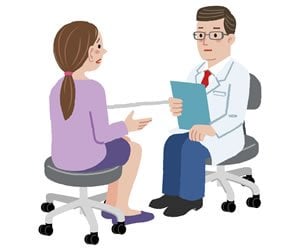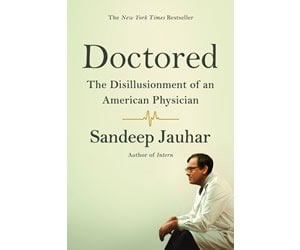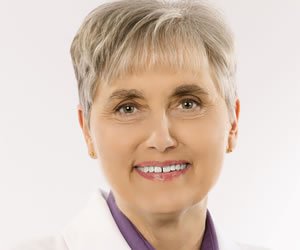
Who Makes a Good Doctor? How Medical Schools Around the World Try to Find the Best Candidates
One of the continuing challenges for medical schools both here in the United States and ... Read more
Written by: Brian Wu
Published on: June 17, 2016

One of the continuing challenges for medical schools both here in the United States and ... Read more
Written by: Brian Wu
Published on: June 17, 2016

Whew! It’s been a long year and I am itching for a much-needed, well-deserved break. ... Read more
Written by: Adelle
Published on: June 14, 2016

If you are in medical school, you have been making choices for a long time ... Read more
Written by: Brian Wu
Published on: June 6, 2016

It might actually come as a surprise to many would-be medical students that gender is ... Read more
Written by: Brian Wu
Published on: May 23, 2016

Make sure to check out Part I here! Today’s article takes a closer look at ... Read more
Written by: Jennifer Colagiovanni
Published on: April 12, 2016

Junior doctors [and residents in the US] do a valuable and sometimes life-saving job for ... Read more
Written by: Anne Caler
Published on: April 7, 2016

It wasn’t so very long ago that the typical medical student went straight from high ... Read more
Written by: Brian Wu
Published on: April 6, 2016

Chronic conditions, such as Type II diabetes and hypertension, account for seven in 10 deaths ... Read more
Written by: Erik Black
Published on: April 5, 2016

The advent of the Affordable Care Act was meant, in part, to help to increase ... Read more
Written by: Brian Wu
Published on: March 31, 2016

According to the Center for Disease Control, childhood obesity is reaching what some are calling ... Read more
Written by: Brian Wu
Published on: March 22, 2016

Even student doctors who have not yet completed all of their medical training have probably ... Read more
Written by: Brian Wu
Published on: March 15, 2016

“It is our obligation to remove the biases that stand in the way of good ... Read more
Written by: Brent Schnipke
Published on: March 3, 2016

Updated October 28, 2021. The article was updated to correct minor grammatical errors and formatting ... Read more
Written by: Brian Wu
Published on: February 29, 2016

Neurologist David Perlmutter, Fellow of the American College of Nutrition and member of the American ... Read more
Written by: Juliet Farmer
Published on: February 25, 2016

Many medical students cheerfully expect to be earning a generous income as they begin their ... Read more
Written by: Brian Wu
Published on: January 28, 2016

Republished with permission from here. Although there is really never a right time to die ... Read more
Written by: George Prousi
Published on: January 27, 2016

What You Should Know is an ongoing series covering a range of informational topics relevant ... Read more
Written by: Brian Wu
Published on: January 26, 2016

Terry Wahls, MD, is a clinical professor of medicine at the University of Iowa, where ... Read more
Written by: Juliet Farmer
Published on: January 25, 2016

What You Should Know is an ongoing series covering a range of informational topics relevant ... Read more
Written by: Brian Wu
Published on: January 19, 2016